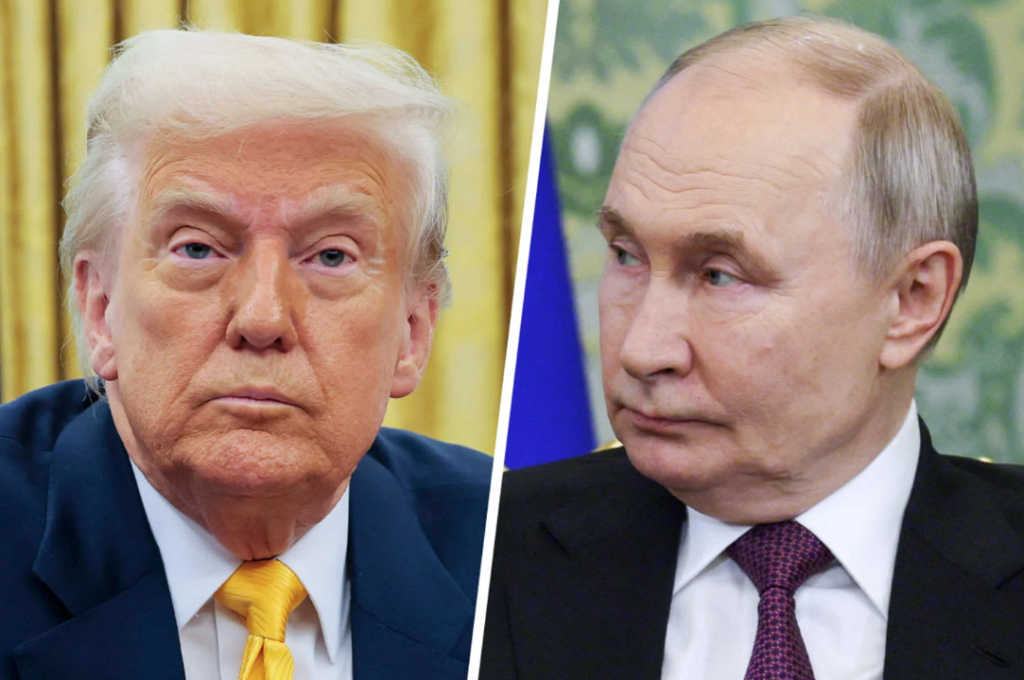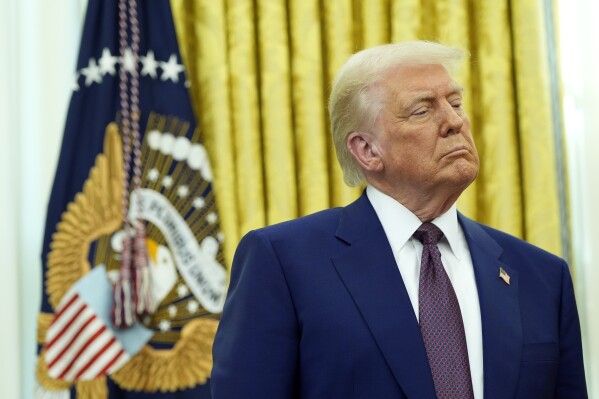In April 2025, former U.S. President Donald Trump unveiled a contentious peace proposal aimed at resolving the ongoing conflict between Russia and Ukraine. The plan, characterized by significant concessions to Russia, has sparked widespread debate and concern among international stakeholders.
Key Provisions of the Peace Plan
Trump’s proposal, presented as a “final offer,” includes several critical elements:
- Territorial Concessions: Ukraine would be required to recognize Russian sovereignty over Crimea and accept de facto Russian control over occupied regions in Donetsk, Luhansk, Kherson, and Zaporizhzhia.
- NATO Membership Renunciation: Ukraine would abandon its aspirations to join NATO, though potential European Union membership remains on the table.
- Security Guarantees: In exchange, Ukraine would receive vague security assurances from a coalition of European nations.
- Economic Agreements: The plan proposes U.S. involvement in Ukraine’s natural resource sectors and suggests lifting certain sanctions against Russia.

Ukrainian Response
Ukrainian President Volodymyr Zelenskyy and his administration have firmly rejected the proposal, viewing it as a capitulation to Russian aggression. They insist on the restoration of Ukraine’s territorial integrity and sovereignty. The Ukrainian delegation continues to advocate for an immediate, unconditional ceasefire and a just peace that does not compromise national interests.
International Reactions
The international community is divided over Trump’s proposal. While some European leaders express cautious optimism, others criticize the plan for undermining international law and setting a dangerous precedent. The European Commission has reiterated its support for Ukraine’s territorial integrity and emphasized that any peace agreement must involve Ukraine’s full participation.
Potential Impacts and Concerns
One of the most significant concerns raised by Trump’s proposal is the potential erosion of international norms regarding territorial sovereignty. If Ukraine is pressured into accepting the loss of Crimea and other occupied regions, it could set a precedent that encourages future acts of aggression by powerful states. Analysts warn that legitimizing Russia’s occupation might destabilize not only Eastern Europe but also other regions where territorial disputes remain unresolved.
Furthermore, the vague security guarantees offered in place of NATO membership have been widely criticized as insufficient. Critics argue that Ukraine would be left vulnerable to future attacks without the concrete protection that NATO provides. The proposed economic arrangements also raise questions about U.S. motives, as the inclusion of American interests in Ukraine’s resource sectors has been interpreted by some as opportunistic.

Zelenskyy’s Stance and Continued Resistance
Despite mounting pressure, President Zelenskyy has remained steadfast in rejecting any deal that compromises Ukraine’s sovereignty. His administration continues to rally support from allies, emphasizing that a just and lasting peace cannot be achieved through submission. As diplomatic efforts unfold, Ukraine’s leadership is urging the global community to uphold the values of freedom, justice, and territorial integrity in the face of authoritarian aggression.
Conclusion
Trump’s peace proposal for Ukraine presents a controversial approach that prioritizes a swift resolution over long-term justice and stability. By demanding significant concessions from Ukraine while offering limited guarantees, the plan has been met with skepticism and resistance. As negotiations continue, the international community watches closely, recognizing that any lasting peace must respect Ukraine’s sovereignty and the principles of international law.

















